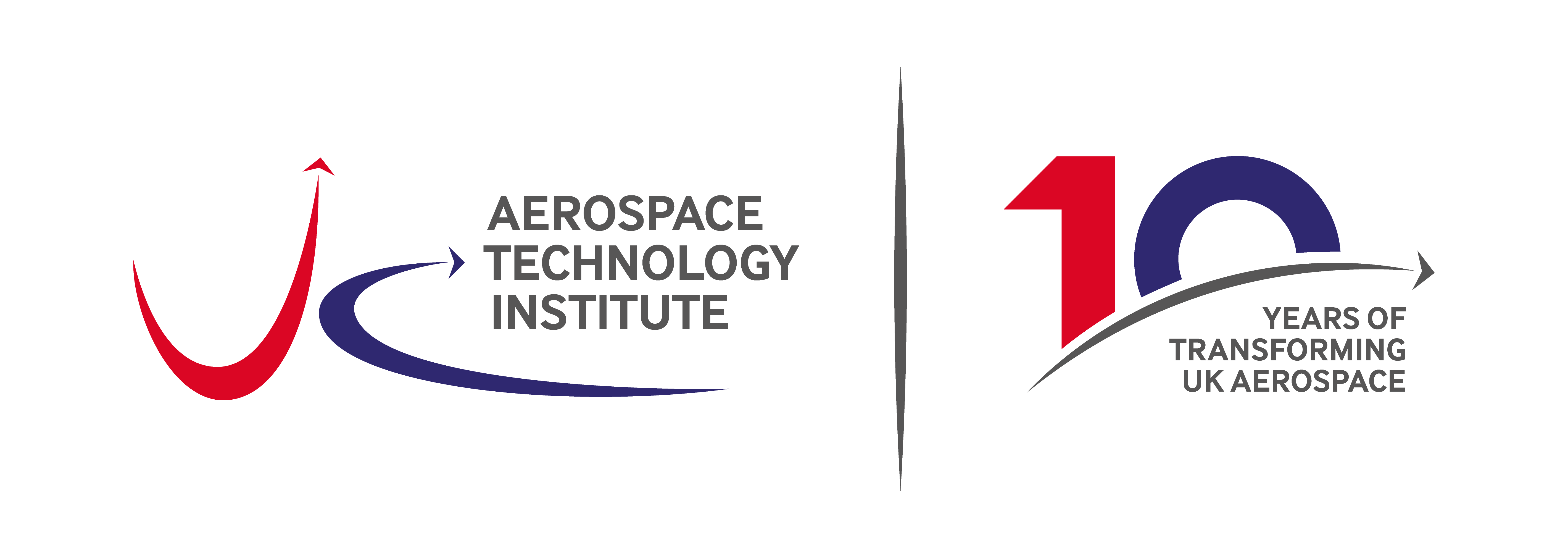ATI Toolkit: supporting technology development
In this blog post, Whole Aircraft Technologist James O’Doherty-Jennings explores how the ATI Toolkit is adding value to the UK aerospace sector, with a particular focus on how SMEs can access the benefits from the ATI’s online tools.
The ATI Toolkit contains three tools to help companies of all sizes assess opportunities for new technologies. They are free to use and are intended to support technology development in UK aerospace.
Fixed Trade Calculator
The first tool is the Fixed Trade Calculator. This can be used to help assess the benefit of a new technology at the whole aircraft level.
We can see from current users that the Fixed Trade Calculator is being used by organisations of all sizes, including large OEMs, SMEs and academic institutions.
For SMEs the value lies in being able to evaluate aircraft level benefit without having to invest in expensive consultancy fees or capability development. For example, if an SME has a new fastening technology that saves mass compared to the current baseline, they can use the Fixed Trade Calculator to assess their technology’s impact on aircraft fuel burn. This opens up potential business opportunity discussions with different types of organisation, as they can talk in multiple benefit metrics, not just mass.
Reference Model Library
Once an initial benefit has been reviewed using the Fixed Trade Calculator, users may want to access the Reference Model Library, which gives a more comprehensive description of ATI aircraft concepts.
Users can access geometry, mass, drag and propulsion information via a spreadsheet format and mission analysis output.
For SMEs in particular, the reference aircraft models enable access to more detailed information on potential requirements for future aircraft platforms. While the ATI concepts are exactly that – concepts – the tool gives a flavour of the types of requirements that may flow down the supply chain from the large OEMs and Tier 1 companies as a new aircraft project matures. The data enables SMEs to be more informed about the types of challenges they may face, and therefore to be a more informed supplier.
Market Model
The Market Model provides information and opportunity forecast up to 2050 for new product sales at both aircraft and sub-product levels.
For SMEs, the Market Model provides a clear steer and industry standard data that can be used in funding applications to support their business opportunity case. Referencing the ATI Market Model as a source can help ease the challenge of explaining business opportunity models (or developing them if they don’t exist).
The Market Model has some forecasts associated with zero-carbon and more-electric aircraft types, alongside conventional and ultra-efficient aircraft. This may be particularly useful for those SMEs who are aiming to be disruptors in emerging markets.
User feedback
We are really pleased with the feedback from users of the ATI Toolkit. One recent user outlined how the platform had helped them in a recent funding application.
Q: How have you used the ATI Toolkit?
The ATI Toolkit was used in a recent application to the ATI Strategic Programme. Our research showed lots of examples of the potential benefits of the specific technology, but not how it equates to actual aircraft savings.
Q: How has it allowed you to do something that you weren’t able to do previously?
The Market Model Tool backed up internal research into the size and growth of the market being entered. The number of aircraft units multiplied by our internal estimates of unit cost generated a useful revenue estimate.
The technology being investigated was actually heavier than its baseline. The effect of weight could also be added to the Fixed Trade Calculator. It showed that the benefit of the new technology far outweighed the weight penalty.
The user also described how the Fixed Trade Calculator helped them to understand how the size and weight of the part impacted the fuel savings. It also provided a convenient way for calculating decrease in CO2.
If you’d like to find out more about the ATI Toolkit, join our online event on Monday 17th June where you’ll also have the opportunity to ask our team your questions.
ATI Toolkit Clinic – sign up here.
If you have any feedback on the ATI Toolkit, please reach out to our team by emailing toolkit@ati.org.uk.


